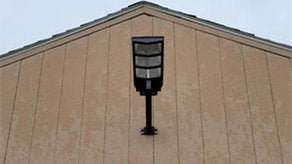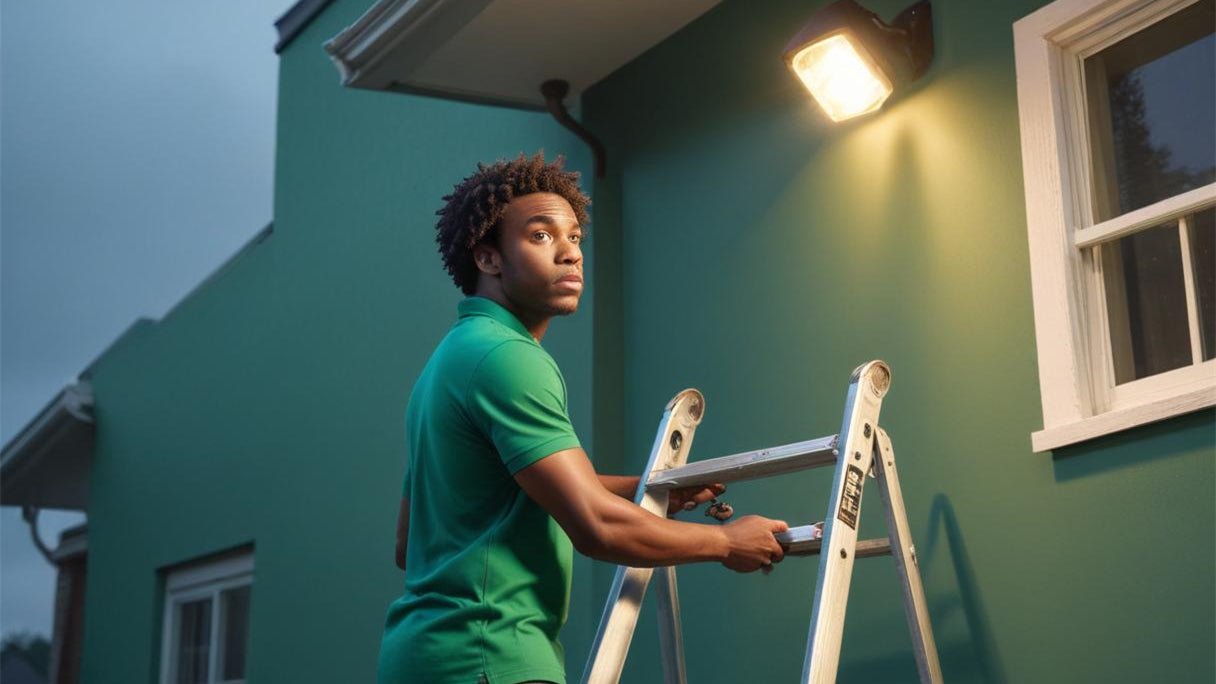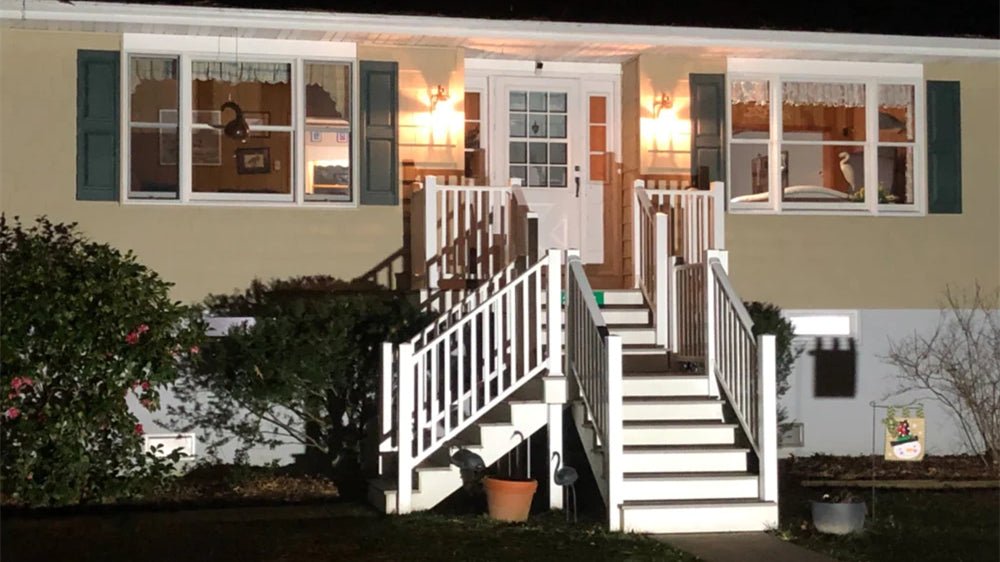In the realm of outdoor lighting, dusk to dawn light sensors are indispensable components that ensure optimal illumination during nighttime hours. In this comprehensive blog, we will delve into the inner workings of dusk to dawn light sensors, explore methods for testing their functionality, and unravel the distinctions between dusk to dawn and motion sensor outdoor lighting.
Understanding Dusk to Dawn Light Sensors
Dusk to dawn light sensors, also known as photocells or photoresistors, are devices designed to detect changes in ambient light levels and activate or deactivate lighting fixtures accordingly. These sensors rely on the principle of photoconductivity, where the resistance of a material changes in response to incident light. When the surrounding light levels drop below a certain threshold (typically at dusk), the sensor's resistance decreases, triggering the connected light fixture to turn on. Conversely, when daylight returns (at dawn), the sensor's resistance increases, prompting the light to switch off.
How Does the Dusk to Dawn Light Sensor Work?
A dusk to dawn light sensor, also known as a photocell sensor, operates on a simple yet ingenious principle. These sensors contain a light-sensitive element, typically a photodiode or phototransistor, which detects changes in ambient light levels. When exposed to daylight, the resistance of the sensor decreases, allowing current to flow through the circuit and triggering the connected light fixture to turn off. Conversely, as darkness falls, the resistance increases, disrupting the flow of current and causing the light fixture to switch on.
This automatic activation and deactivation mechanism ensures that outdoor lights equipped with dusk to dawn sensors illuminate at dusk and extinguish at dawn, without the need for manual intervention. The sensitivity of the sensor can be adjusted to fine-tune its responsiveness to changes in light conditions, allowing for optimal performance in various environments.

How to Test a Dusk to Dawn Sensor?
Testing a dusk to dawn sensor is relatively straightforward and requires minimal equipment. Here's a step-by-step guide to testing the sensor:
1. Preparation
Begin by ensuring that the area around the sensor is sufficiently dark. Cover the sensor with a non-transparent material, such as electrical tape or cardboard, to simulate nighttime conditions.
2. Observation
Observe the connected light fixture to verify that it remains off while the sensor is covered. This confirms that the sensor is responding to the absence of light and preventing the light from turning on prematurely.
3. Uncovering the Sensor
Slowly remove the covering from the sensor, allowing light to reach the sensor gradually. Monitor the connected light fixture to ensure that it turns on as the ambient light level decreases.
4. Verification
Once the sensor is fully exposed to light, confirm that the light fixture remains illuminated. This indicates that the sensor is functioning correctly and effectively detecting changes in light conditions.
Regular testing of dusk to dawn sensors is essential to ensure their continued reliability and performance. If the sensor fails to respond as expected, it may indicate a malfunction or the need for adjustment or replacement.

Differences Between Dusk to Dawn and Motion Sensor Outdoor Lighting
While both dusk to dawn and motion sensor outdoor lighting serve the common goal of enhancing security and convenience, they operate on distinct principles and offer unique benefits:
1. Dusk to Dawn Lighting
Dusk to dawn lighting remains continuously illuminated throughout the night, providing consistent visibility and security. These lights are activated by changes in ambient light levels, ensuring automatic operation without the need for manual intervention. Dusk to dawn lighting is ideal for areas where constant illumination is desired, such as pathways, driveways, and building perimeters.
2. Motion Sensor Lighting
Motion sensor lighting, on the other hand, is triggered by detected motion within its range. These lights remain off until motion is detected, at which point they illuminate for a predetermined duration before automatically switching off again. Motion sensor lighting is particularly effective for areas with sporadic activity, such as entryways, garages, and backyard spaces.
While dusk to dawn lighting provides continuous illumination for enhanced security throughout the night, motion sensor lighting offers energy efficiency and targeted illumination in response to detected movement. Depending on the specific requirements and preferences, homeowners may opt for either type of outdoor lighting or a combination of both to achieve comprehensive coverage and functionality.

Conclusion
In conclusion, dusk to dawn light sensors are integral components of outdoor lighting systems, ensuring efficient and automated operation during nighttime hours. By understanding their functionality, testing their performance, and discerning their differences from motion sensor lighting, you can make informed decisions when selecting and optimizing outdoor lighting solutions.


































Leave a comment
This site is protected by hCaptcha and the hCaptcha Privacy Policy and Terms of Service apply.